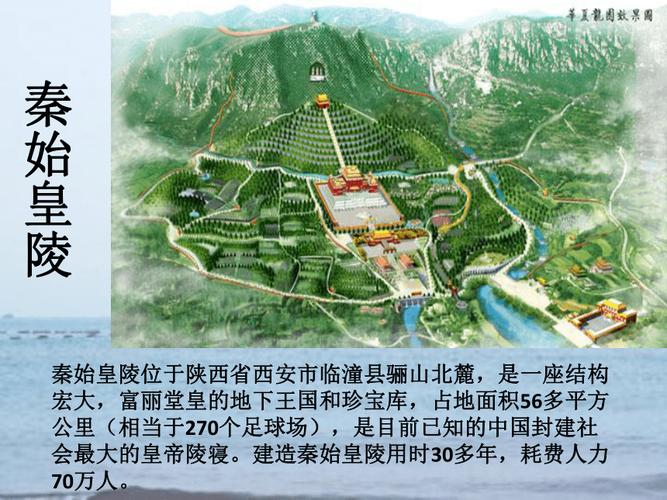
Why Haven't Archaeologists Opened the Qin Shi Huang Tomb?
Archaeologists are hesitant to excavate the 2,200-year-old tomb of China's first emperor, Qin Shi Huang, due to a combination of factors, with the fear of triggering deadly booby traps being a significant concern.
The Legend of Deadly Traps
Historical records and legends surrounding the tomb, located in Lintong District, Xi'an, Shaanxi, speak of intricate defense mechanisms designed to protect the emperor's eternal slumber.
- Ancient Texts: The writings of Sima Qian, a historian from the Han Dynasty, describe the tomb as containing rigged crossbows and arrows primed to fire upon intruders.
- Rivers of Mercury: Legends mention rivers of flowing mercury surrounding the central tomb, creating a toxic barrier for potential looters. Scientific analyses of the soil surrounding the mausoleum have indeed revealed elevated levels of mercury, lending credence to these accounts.
Respect for the Deceased and Cultural Heritage
Beyond the fear of traps, there's a profound respect for the deceased emperor and the cultural significance of the site.
- Sacred Ground: The tomb is not just a burial site; it's considered sacred ground. Disturbing the emperor's resting place is seen as disrespectful and potentially inviting misfortune.
- Cultural Heritage: The mausoleum, with its vast army of Terracotta Warriors, is a UNESCO World Heritage Site and a testament to China's rich history. Preserving it for future generations is paramount.
Technological Limitations and Preservation Concerns
Even if the ethical and safety concerns were addressed, significant technological limitations and preservation challenges make excavation a daunting task.
- Fragile Artifacts: The tomb likely contains numerous artifacts made from organic materials like wood, silk, and lacquer. Exposure to air and light could cause rapid deterioration.
- Structural Integrity: Opening the tomb could compromise the structural integrity of the entire complex, potentially leading to collapses and irreparable damage.
Conclusion
The decision to excavate the tomb of Qin Shi Huang is a complex one, fraught with ethical, logistical, and technological considerations. While the lure of uncovering the secrets within is undeniable, the risks involved and the potential loss of irreplaceable cultural heritage necessitate a cautious and respectful approach.
FAQs
Q1: When was the tomb of Qin Shi Huang discovered?
A1: While the existence of the tomb has been known for centuries, the first elements of the tomb complex, the Terracotta Army pits, were discovered in 1974 by farmers digging a well.
Q2: What is the significance of the Terracotta Army?
A2: The Terracotta Army is a collection of thousands of life-sized clay soldiers, horses, and chariots buried near the tomb of Qin Shi Huang. It's believed they were meant to protect the emperor in the afterlife.
Q3: Are there any plans to excavate the tomb in the future?
A3: Currently, there are no immediate plans for a full excavation. Chinese authorities have adopted a policy of "preservation first, excavation later," prioritizing the development of advanced technologies and conservation techniques before considering any invasive procedures.
note: This return of all, without the author's permission, may not be reproduced